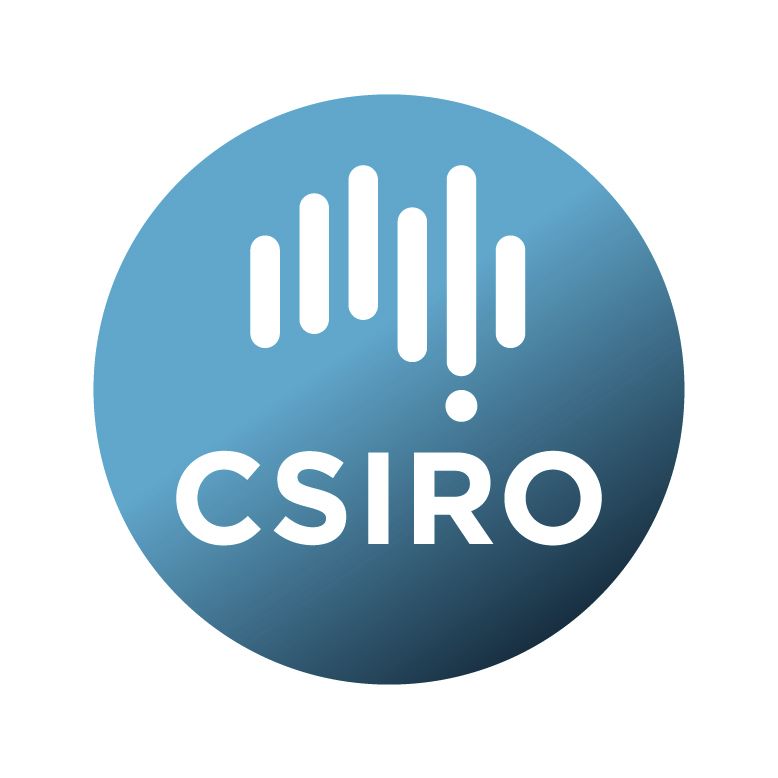Brief description
BILBI (the Biogeographic Infrastructure for Large-scaled Biodiversity Indicators) is a CSIRO capability for global biodiversity assessment. BILBI uses best available biological and environmental data, modelling and high performance computing to assess biodiversity change at fine spatial resolution across the global land surface. The example dataset and code are designed to be used together, to provide a demonstration of the BILBI implementation, stepping through an example of model fitting, through to indicator calculation and mapping.Lineage: The example dataset is a subset of the datasets developed for, and used within, BILBI, while the code provides an example implementation of the BILBI capability, stepping through model fitting, to indicator calculation and mapping. A full description of the BILBI framework, including the underlying modelling, indicator algorithms, and datasets are fulling described in https://www.biorxiv.org/content/10.1101/309377v3.full. Because BILBI is designed to run highly optimized C++ code and custom data structures on CSIRO's high performance computing clusters, and the underpinning datasets are > 2.5TB in size, for reference, we provide the example dataset, and example code implementation in R.
Available: 2020-07-13
Data time period: 2015-01-01 to 2015-01-01
Subjects
BILBI |
Biodiversity |
Conservation and Biodiversity |
Environmental Sciences |
Environmental Management |
bending the curve |
beta diversity |
biodiversity indicators |
biodiversity patterns |
biodiversity targets |
compositional-modelling |
conservation |
generalised dissimilarity modelling |
global |
macroecology |
reporting |
User Contributed Tags
Login to tag this record with meaningful keywords to make it easier to discover
Identifiers
- DOI : 10.25919/5F0C0BEB3AAD3

- Handle : 102.100.100/366129

- URL : data.csiro.au/collection/csiro:45328



